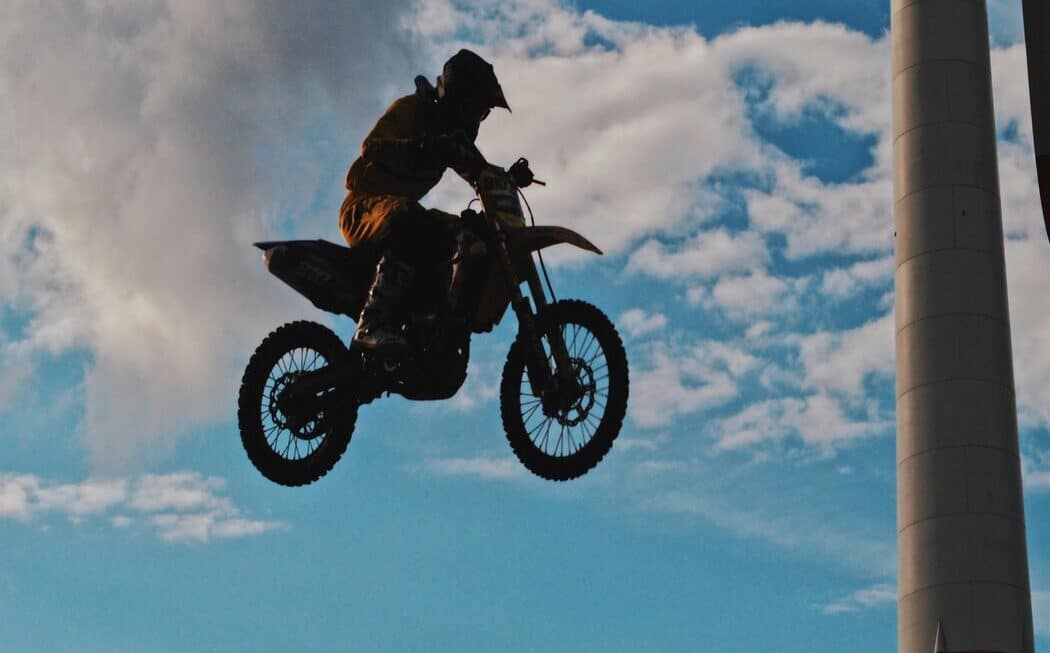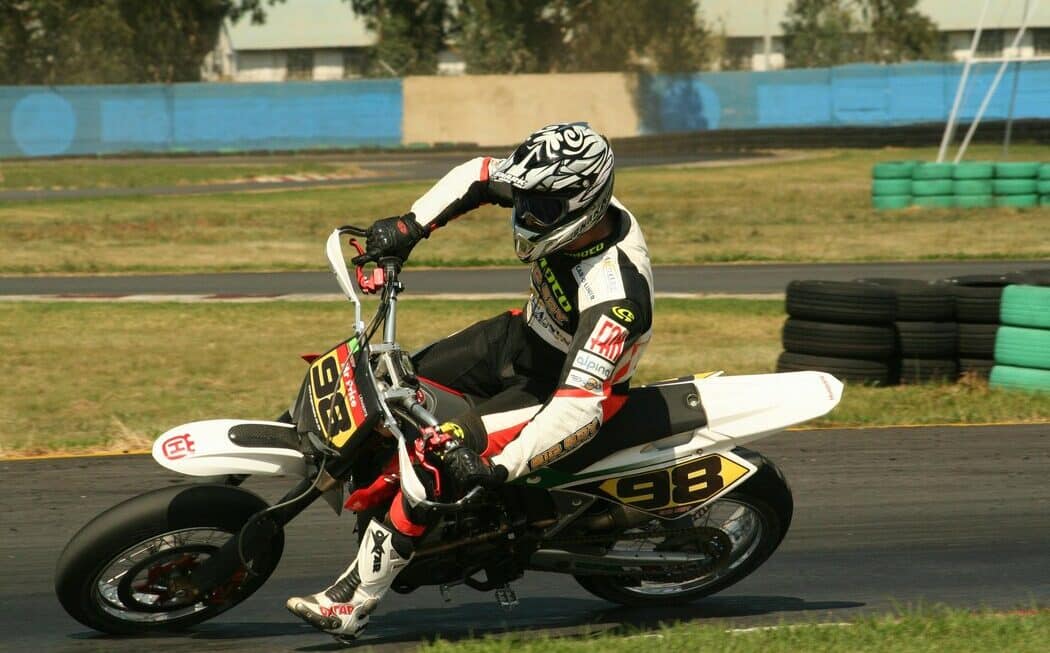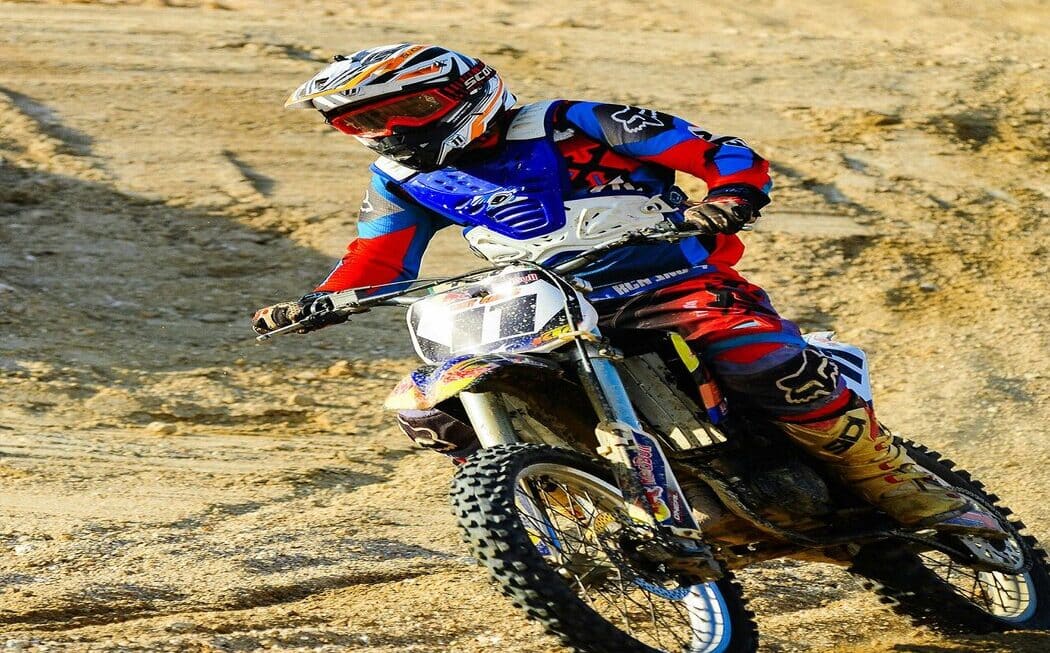Dirt bike engine rebuild is an important part of regular maintenance and can be the difference between a smooth ride and a costly breakdown. It’s essential you know when to rebuild, as it can save your money and time in the long run. An engine rebuild needs to happen when the hours on your dirt bike exceed normal wear and tear or it gradually starts losing power.
Dirt Bike Engine Rebuild:
Some signs should never be ignored which indicate something’s wrong with your engine. These include milky engine oil, irregular engine vibrations, low power, weird noises coming from the engine, excessive use of oil or gas, increased difficulty in starting the bike, and low compression. So if any of these issues arise while riding your dirt bike, then rebuild your engine before it is too late.
Hard To Start
A dirt bike engine that is difficult to start may be an indication that it needs to be rebuilt. It could be caused by valves that are worn out or out of adjustment as well as a worn top-end lower on compression. If this is the case, the engine will require a full rebuild to fix the issue. However, just because it’s hard to start doesn’t mean it needs a full rebuild; a simple valve adjustment could resolve the issue if there aren’t too many issues present with the valves or piston head. In some cases, such as lower-end carburetors, a dirty carb or fuel injector can also lead to difficulty in starting and should be checked first before going for a full rebuild repair process. Prevention of these types of issues ensures your engine runs smoothly and efficiently while limiting the chances of costly repairs in the future.
Noisy Engine
When it comes to dirt bikes, engine noise can tell you a lot about the condition of your engine. If something is wrong, you may hear unusual noises from your engine like knocking, rattling, or grinding sounds. These are warning signs that something isn’t right and should be checked by a qualified mechanic as soon as possible.
Worn-out bearings, damaged pistons or rings, and other worn-out internal components can cause these types of noises. If the engine is not inspected and fixed appropriately, it could lead to more serious consequences such as an uncontrolled chain reaction in the crankcase or malfunctioning valve system that can result in overheating and failure of the oil pump. Bearing failure can also cause metal particles to break loose and mix with your motor’s oil, resulting in decreased efficiency. As soon as you hear any strange noises coming from your dirt bike’s engine, you should take it to a qualified mechanic to have it looked at immediately. Doing so will help prevent expensive repairs down the road and ensure that your ride stays safe for years to come!
Smoke
Here we explain two types of smoke:
Blue
Blue smoke is an issue that can plague any vehicle, and it usually occurs when your engine is burning up oil. The smoke itself is a sign that something within the engine is not functioning properly, which could be due to worn or broken piston rings as well as leaking valve seals. Oil for an engine is like blood for the human body in keeping it alive and performing properly, so blue smoke mustn’t persist in the exhaust of your engine.
If you find that there is blue smoke emanating from your exhaust pipes, the best course of action would be to take the dirt bike to a trusted mechanic who can diagnose what repairs are necessary to fix this major issue. Depending on what specifically causes this issue, replacing parts such as your pistons and valve seals may be necessary. Fixing blue smoke won’t just make your engine purr like it should – taking care of the issue will also save you money in fuel costs since engines burning too much oil are less efficiently powered compared to those running normally.
White
When most people notice white smoke coming from their engine, they are usually filled with panic and confusion. This is because white smoke is an indication of potential serious problems with the engine. White smoke most likely means your engine is burning coolant, which can be a sign of a leaking head gasket or another big issue.
A head gasket is designed to keep oil and coolant separated in the engine, helping regulate temperature and lubrication. If it’s damaged or worn out it won’t do its job properly, leading to leakage of either oil or coolant. The burning coolant then creates white smoke. If you’ve ever seen white smoke pouring out from under the hood while driving, it’s extremely important to have your car checked by a professional as soon as possible for further diagnosis and repair. In some cases, if the leak isn’t stem sealed in time you risk having major damage done to your cylinders and other vital parts in your vehicle.
Higher Fuel Consumption
When it comes to higher fuel consumption in your dirt bike, there could be a few different reasons behind it. The primary cause is often something that’s related to crankcase ventilation. Sometimes, a clogged or blocked crankcase breather tube is the culprit here since the blockage prevents crankcase air from escaping the engine and causing the motor oil to become polluted. To resolve this issue, you would need to replace or clean out the breather tube so fresh air can pass through again.
On top of that, higher oil consumption could also be caused by more serious issues such as worn piston rings, valves, or seals. If this is the case then an engine overhaul would likely be necessary and you may have to replace these parts yourself or take it to a service center for help. It’s also worth noting that if you drive hard on your vehicle consistently then this could lead to higher-than-usual oil tear-down as well so doing regular maintenance will help mitigate any of these types of problems with your engine.
Low Power
When it comes to dirt bikes, power is everything. Without it, you won’t be able to clear the biggest jumps or take on the fastest trails. Unfortunately, this power will gradually dwindle over time as wear and tear takes its toll on your dirt bike’s components. As these parts break down over extensive use, they become less efficient and capable of sustaining a satisfactory level of performance. This means that you’ll likely notice a decrease in power in your ride when this happens, making it feel slow and lethargic compared to when you first bought your bike.
If you’re noticing a drop-off in performance and power loss in your dirt bike, then it might be time for a rebuild of some kind. Rebuilding isn’t just about replacing worn-out parts with new ones but also about optimizing each area for maximum efficiency and horsepower output. That way, even if for some reason you’re unable to replace all the worn-out parts yourself, at least your engine still has the best chance of running at peak capacity. Keep an eye out for any signs of power loss to ensure that you experience optimal performance no matter what terrain you’re on!
Engine Vibration
Engine vibration is a fact of life for dirt bike riders. The bigger the engine, the more vibration you will feel. A well-balanced engine can still produce just as much power but with less vibration, so it’s important to be aware of any changes in your bike’s performance. If your dirt bike engine starts vibrating more than usual, it could be an indication that something is wrong and requires further investigation.
Before purchasing a new bike, experienced riders often take note of the characteristics of vibrations from various models and engines. For instance, some dirt bikes may have a particular type of vibration felt through the seat or handlebars that’s caused by certain physical components being placed closer together than others. Experienced bikers will soon come to identify what engine vibrations are ”normal” for their bike of choice and pay close attention when they start feeling something out of the ordinary. That way they can catch any problems early on before they develop into serious issues and maybe even prevent them entirely if caught soon enough!
Low Compression
Low compression is a serious issue that can have serious consequences if not addressed. When assessing the cause of low compression, it is important to begin by ruling out other potential causes such as a worn top end or incorrect valve settings. Furthermore, different engines require different levels of compression depending on their make and model so it’s important to know what is normal for your particular bike.
If low compression is suspected, then the first step should be to have the bike evaluated by a professional mechanic who will ensure that shims are correctly set; furthermore, any signs of valve wear should be assessed since replacing valves can further reduce compression. If all else fails, engine rebuilding or engine swap may need to be done to restore performance and reliability. Ultimately, performing these assessments correctly and early can save you money in the long run and help you get back out on the trails faster!
Milky Engine Oil
When engine oil appears milky, it is a sure sign of a serious problem with the vehicle. This usually means coolant is leaking into the engine oil – a sign that the water pump gasket or seal is broken or defective in some way. The coolant and oil both do the important job of lubricating the various components of an engine, but mixing them will cause significant damage to an engine and should not be taken lightly.
The presence of too much moisture in the oil can corrode metal parts, create unwanted sludge, and eventually cause catastrophic failure from burnout or seized bearings. If you find that your vehicle’s engine oil has been contaminated with coolant, it is important to fix the issue immediately as it could result in catastrophic repairs if left unchecked. Checking for leaks while your car is still under warranty is always recommended since it could save you thousands of dollars in errant repair costs down the line
Engine Overheating
Engine overheating is a common issue that can plague dirt bikes, leading to potentially severe damage to the engine if not addressed promptly. Oftentimes the cause of an overheating engine is easy to identify, however sometimes it can be tricky to pinpoint the issue. Low coolant levels, a damaged radiator, or a faulty water pump may all be potential causes of engine overheating. Whatever the cause may be, it’s best to take action as soon as possible to prevent further damage from occurring.
When diagnosing an engine overheating issue on your dirt bike, there are certain signs that you should look for that may indicate there’s an issue. If you feel like your dirt bike’s engine is running hotter than usual and consistently higher temperatures are evident upon inspecting the temperature gauge, then this can be indicative of potential problems. Treating any issues as quickly as possible is highly recommended to ensure that no permanent damage takes place. Having your dirt bike inspected by an experienced mechanic could help illuminate any possibilities due to their vast knowledge and experience with engines in general. Rebuilds should also be considered if necessary after identifying what caused the sluggishness or damage in the first place.
Conclusion
Once the engine is rebuilt, enjoy the thrill of being back in control! A properly maintained engine will keep you out on the trail for longer and enhance your dirt bike experience as a whole! Don’t forget some regular upkeep such as oil changes between rides, keeping an eye out for any signs/symptoms of potential issues going forward, and following any manufacturer instructions or recommendations should also help ensure peak performance today and down the road.
Dirt bike engine requires a bit of maintenance and elbow grease but it doesn’t have to be a difficult process. It’s best to rebuild your engine every 25 to 80 riding hours, depending on how hard you ride. Signs of wear and tear are usually an indicator that it’s time for a rebuild, so pay close attention when checking it over before each ride. If you have the necessary skills and some mechanical knowledge, then plenty of online tutorials can help guide you through the process step by step. But if you need help outside of these resources, there’s no shame in seeking professional assistance from a certified mechanic.



